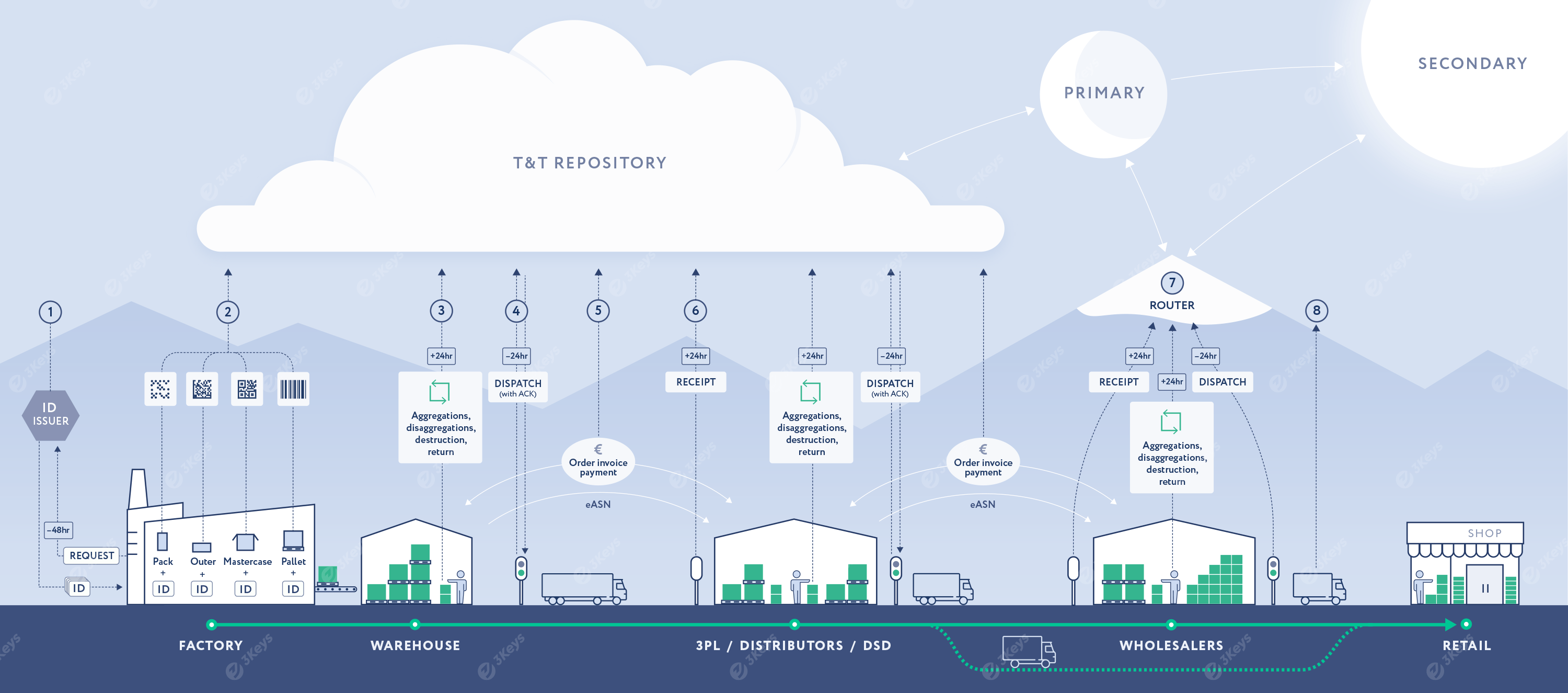May 2019: The entire EU went live with the TPD regulation, which is the most complex regulation related to serialisation and traceability ever imposed upon an industry. All finished cigarette goods (FMC, RYO/MYO) needed to be coded and Tracked & Traced along the supply chain up until the last economic operator before retail.
September 2023: FCTC: +60 countries around the world will go live with the new tobacco regulation
May 2024: EUTPD for OTP (other tobacco products: cigars, chewing tobacco, HnB) will go live as the final stage of TPD for all EU countries
September 2028: FCTC for OTP, for +60 countries
